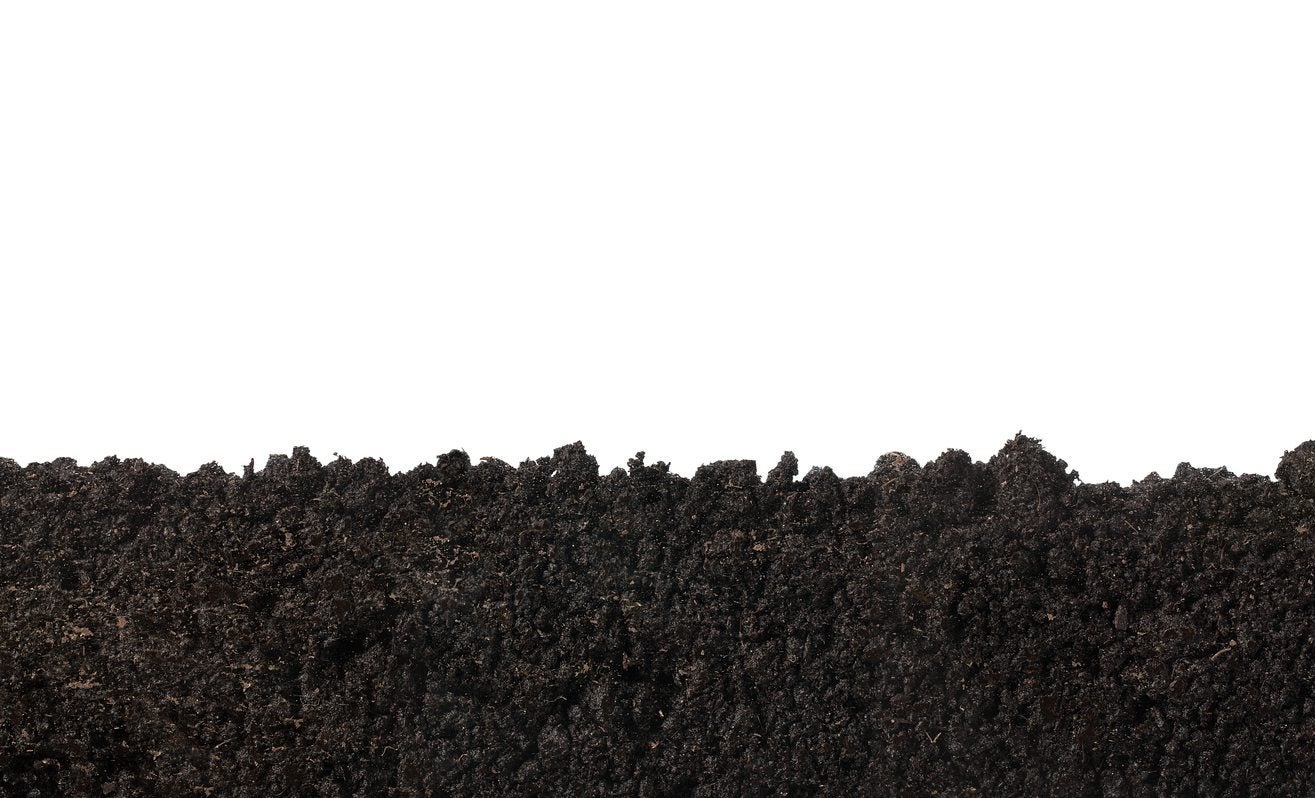Soil Porosity Information – Learn What Makes Soil Porous


When researching plant needs, it is frequently suggested that you plant in rich, well-draining soil. These instructions very rarely go into detail about what exactly constitutes as “rich and well draining.” When we consider our soil quality, we usually focus on the texture of the solid particles. For example, are they sandy, loamy, or clay-like? However, it is the spaces between these soil particles, the voids or pores, which most often determine the quality of the soil itself. So what makes soil porous? Click here for soil porosity information.
Soil Porosity Information
Soil porosity, or soil pore space, are the small voids between particles of soil. In heathy soil, these pores are large and plentiful enough to retain the water, oxygen, and nutrients that plants need to absorb through their roots. Soil porosity usually falls into one of three categories: micro-pores, macro-pores, or bio-pores. These three categories describe the size of the pores and help us understand the soil’s permeability and water holding capacity. For example, water and nutrients in macro-pores will be lost to gravity more quickly, while the very small spaces of micro-pores are not as affected by gravity and retain water and nutrients longer. Soil porosity is affected by soil particle texture, soil structure, soil compaction, and quantity of organic material. Soil with fine texture is able to hold more water than soil with coarse texture. For example, silt and clay soils have a finer texture and sub-micro porosity, therefore, they are able to retain more water than coarse, sandy soils, which have larger macro-pores. Both finely textured soils with micro-pores and coarse soil with macro-pores may also contain large voids known as bio-pores. Bio-pores are the spaces between soil particles created by earthworms, other insects, or decaying plant roots. These more sizeable voids can increase the rate at which water and nutrients permeate the soil.
What Makes Soil Porous?
While the small micro-pores of clay soil can retain water and nutrients longer than sandy soil, the pores themselves are often too small for the plant roots to be able to properly absorb them. Oxygen, which is another important element needed in soil pores for proper plant growth, may also have a hard time permeating clay soils. In addition, compacted soils have decreased pore space to hold the necessary water, oxygen, and nutrients needed for developing plants. This makes knowing how to get porous soil in the garden important if you want healthier plant growth. So how can we create healthy porous soil if we find ourselves with clay-like or compacted soil? Usually, this is as simple as thoroughly mixing in organic material such as peat moss or garden gypsum to increase soil porosity. When mixed into clay soil, for instance, garden gypsum or other loosening organic materials can open up the pore space between soil particles, unlocking the water and nutrients that had become trapped in the small micro-pores and allowing oxygen to penetrate the soil.
Sign up for the Gardening Know How newsletter today and receive a free copy of our e-book "How to Grow Delicious Tomatoes".

Darcy is a former contributor to Gardening Know How. She is a professional landscape designer and gardening writer with experience in plant sales. An avid gardener, Darcy has a passion for sharing practical tips to help others grow.